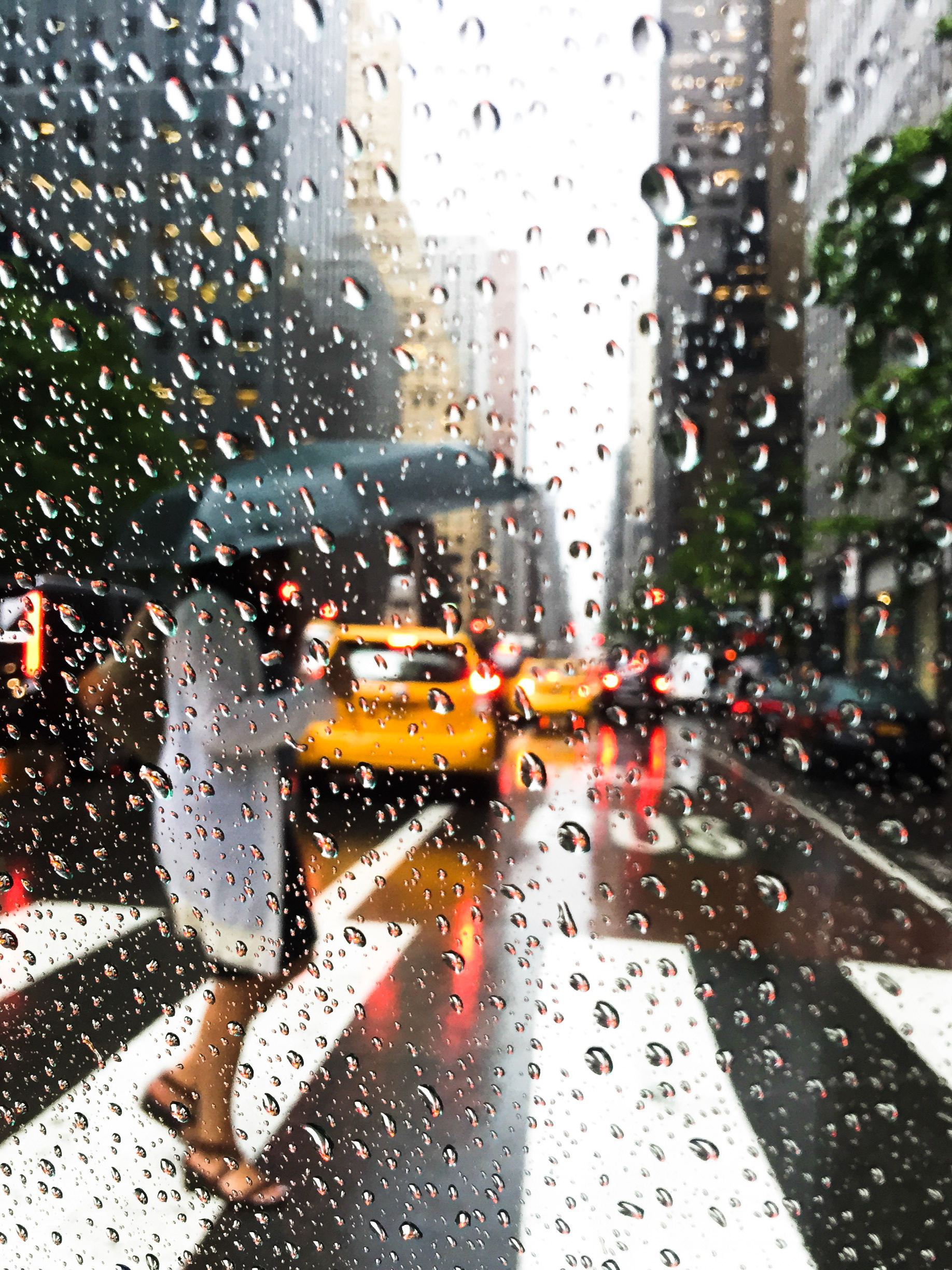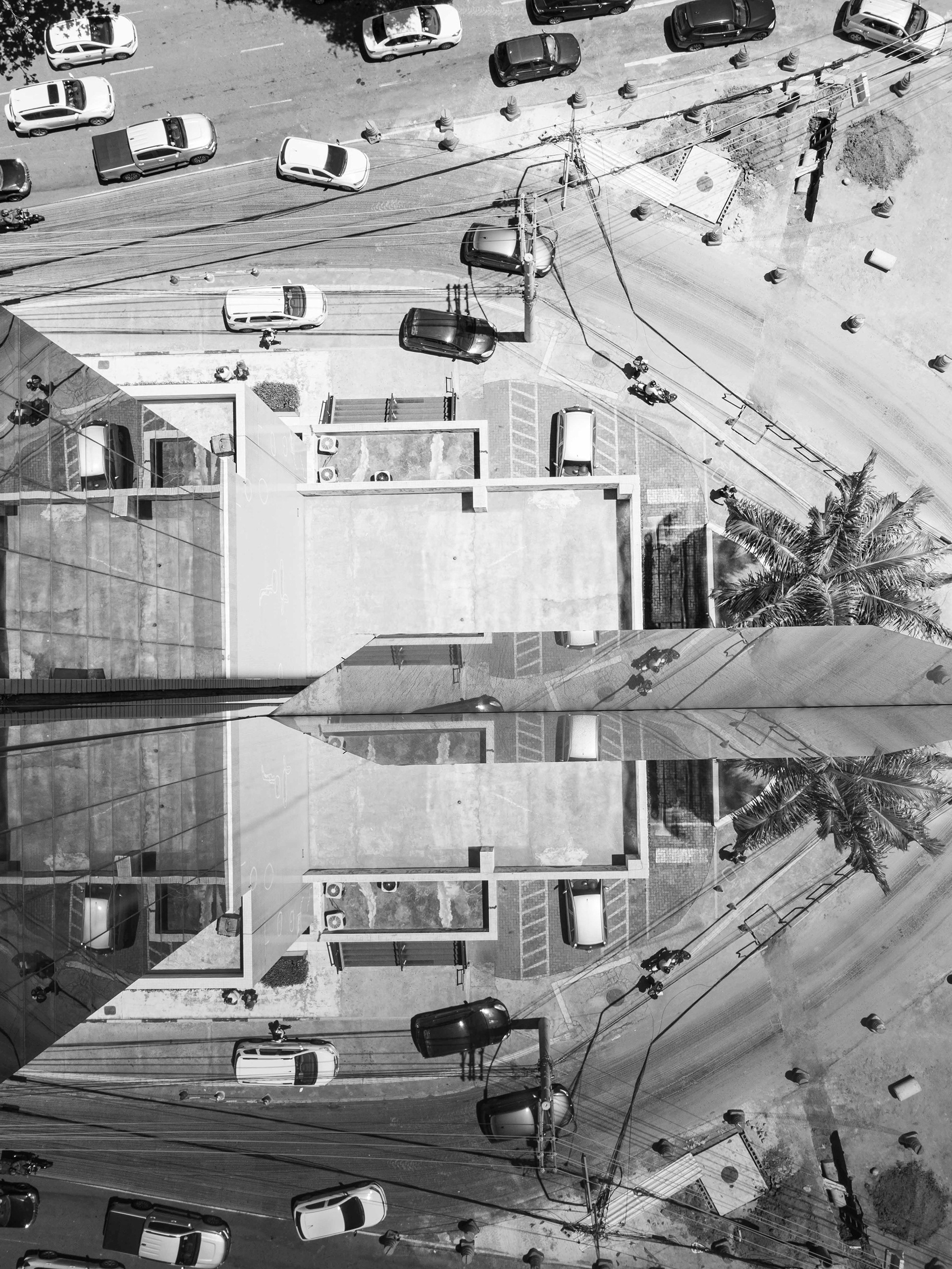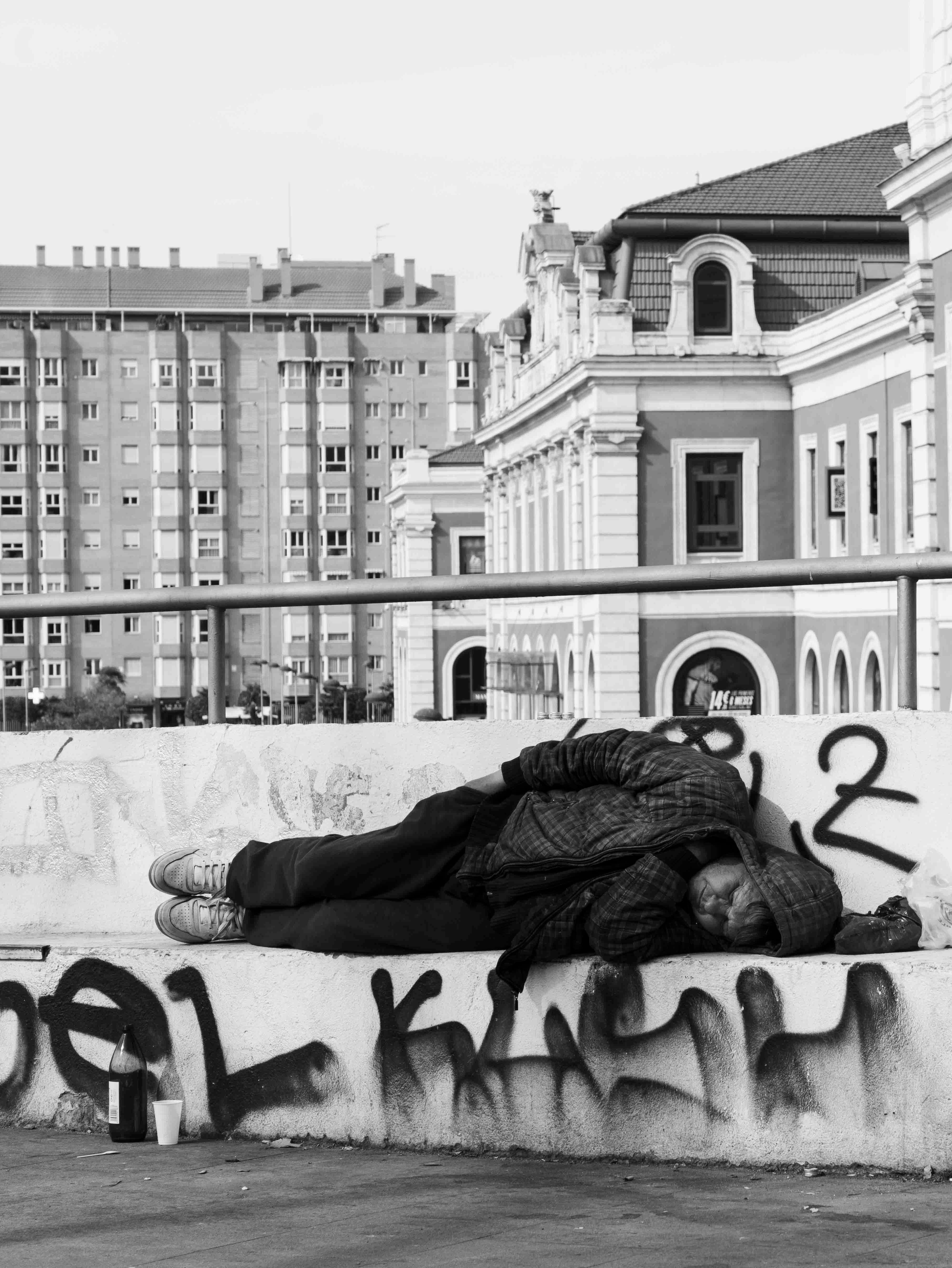MÃOS À OBRA, O FAZER INVISÍVEL DA CIDADE
On March 11, 2020, the WHO (World Health Organization) decreed the emergence of the covid-19 pandemic. The sequence of events and the advance of the contemporary plague led to a series of restrictions and the loss of thousands of lives. But the pandemic did not stop everything. At least it did not stop the toil of the workers in the construction of the new waterfront and new streets of the city of Salvador da Bahia, Brazil. The pandemic era brought to the surface many discussions and reflections about the exponential technological development, the inevitable disruptions caused by it, as well as questions about how technology is and will impact the future of work. Somehow everyone had to learn something new or reinvent themselves. Mental health professionals such as psychologists have been forced to quickly move their offices from physical space to digital devices and meet a demand that has increased enormously around the world. Yet on the streets of many parts of the world, there is something that for millennia has spanned history and discussions of the "solid and liquid world": It takes the manpower of human beings to build great works in contemporary cities. This need continues to be reflected in immigration and migration movements, with manual labor being a gateway to the labor market (sometimes illegal and with unhealthy working conditions) for those who seek a better life in other countries or cities. In this movement, many people with university degrees "shelve In this movement, many people with university degrees "put their diplomas away" to put their hands to work in construction and guarantee a living in the new territory. If, in the years of Artificial Intelligence and Algorithms, professions become volatile and susceptible to disappearing without "notice", the construction worker finds his profession crossing time, now, and increasingly in the company of technological machines. The millennial activity, the vibrantly colored uniforms and the signs that warn of their presence do not deprive construction workers of a certain invisibility on the part of the consumer society, which in its labeling culture tends to classify manual labor as underemployment. The exhibition "MÃOS À OBRA, O fazer invisível da cidade" (Hands on, the invisible work of the city) in the representation of the documentary photo essay taken in the city of Salvador and installations of work objects and soundscapes of civil construction, portrays in an immersive way the harsh reality of urban construction workers, who around the world work daily facing the hot sun, dust, cold, traffic and even rainwater to continue building the new areas of the cities.







